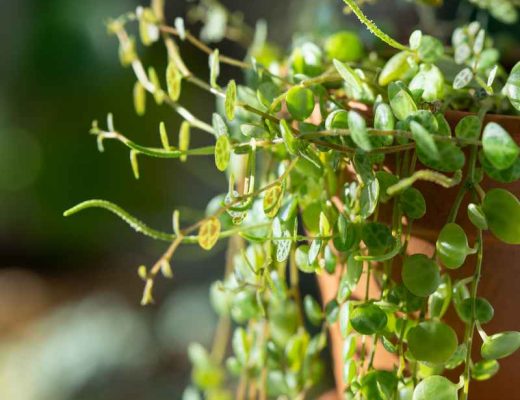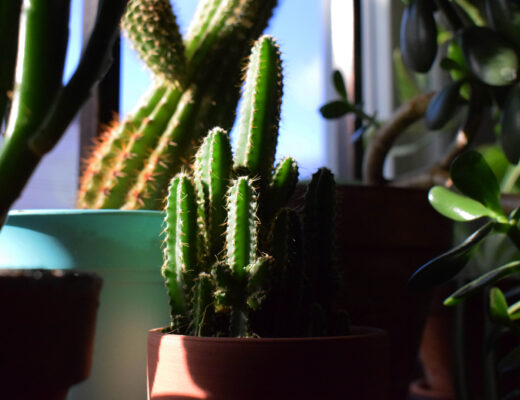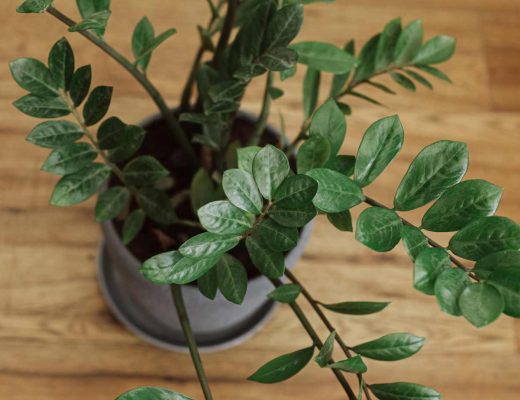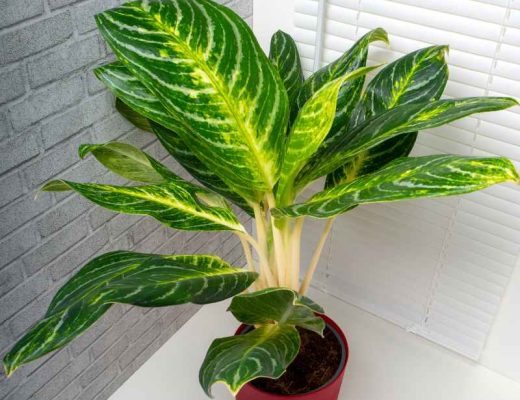
Hey there! Today, I want to discuss a classic houseplant – the Spider Plant (Chlorophytum comosum). If you’re looking for a low-maintenance, air-purifying, and visually appealing addition to your indoor jungle, look no further! Spider Plants are like the friendly neighbourhood superheroes of the plant world, with their unique foliage and ability to adapt. In this article, we’ll dive deep into the world of Spider Plants, covering everything from their watering needs, pot requirements, and sunlight preferences, to how you can hang or climb them in creative ways.
Spider Plants are super easy to care for, and they’re a popular choice for indoor jungle enthusiasts like me. I must admit, I’m not a fan of spiders but don’t worry, this plant is unrelated to those eight-legged creatures. So, if you’re hesitant because of the name, let me assure you that you’ll love having this beautiful plant around!
You’ll be surprised to find that acquiring a Spider Plant is a breeze. Just ask around – someone you know might already have one and would be happy to share a baby with you. That’s how I got mine! My grandma was plant-sitting one and kindly gave me a baby Spider Plant.
To get started, I placed the baby Spider Plant in water near a window. In just about two weeks, it sprouted some healthy roots! Once the roots seemed long enough, I transferred it to a small pot with some soil and put it back by the window. Now, I’m eagerly looking forward to watching my Spider Plant grow in the sunlight.
Are you ready to have your own little green companion by the window? Then let’s dive into some fantastic insights about these wonderful plants together!
Origin and Background of Spider Plants
Before we jump into the details of Spider Plant care, let me tell you a bit about their origins. Spider Plants are native to the tropical and southern regions of Africa, including countries like South Africa and Mozambique. In the wild, these beauties can be found growing along forest floors and in shady areas.Spider Plants have gained immense popularity as houseplants due to their striking appearance and adaptability. Not only are they visually appealing, but they are also known for their air-purifying properties. Studies have shown they can remove high amounts of pollutants from the air. With a Spider Plant removing toxins from the air, it can help make your living space a healthier environment.
Watering Needs
Alright, let’s talk water – the elixir of life for our beloved Spider Plants. These green buddies are relatively easy-going when it comes to watering, but there are some key points to remember.
Firstly, avoid drowning them with excessive water. Spider Plants prefer slightly moist soil but are susceptible to root rot if left in standing water. A good rule of thumb is to water them thoroughly once the top inch of soil feels dry. During the warmer months, you may need to water more frequently so remember to check the soil! In winter, scale back and let them dry out a bit more between waterings.
Another trick to keep your Spider Plant happy is to use room-temperature water. Cold water might cause stress, so just let it sit out and hit room temperature before using it.
Potting Needs

When it comes to potting, Spider Plants are not too picky. They can do just fine in regular plastic, ceramic, and terracotta pots. You can take it to the next level, by using a hanging planter or a well-draining pot with a saucer. Hanging planters work well for Spider Plants because their arching leaves create a cascading effect.
Try and remember to pick a pot with drainage holes. This will help prevent overwatering and keep your Spider Plants happy and healthy.
Sunlight Requirements
Now, let’s talk sunlight. Spider Plants love bright, indirect light. They are quite forgiving when it comes to lighting conditions, making them a great choice for various spots in your home.
In their natural habitat, Spider Plants are used to filtered sunlight, so placing them near an east-facing window or a few feet away from a south or west-facing window would be ideal. Avoid exposing them to direct sunlight for extended periods, as this can cause their leaves to scorch and lose their vibrant green colour.
If your space lacks natural light, don’t fret! Spider Plants can tolerate low-light conditions but be prepared for slower growth and potentially fewer offsets (baby spider plants). Artificial lights, such as fluorescent or LED grow lights, can be used to supplement natural light and keep your Spider Plant thriving.
Climbing or Hanging Information
One of the coolest things about Spider Plants is that they can be both climbers and hangers, depending on how you want to showcase their beauty. If you have a trellis or support structure, you can train your Spider Plant to climb upwards, creating an eye-catching vertical display. Just gently tie the long arching leaves to the trellis with soft plant ties, and your Spider Plant will gracefully climb up like a little green acrobat.
On the other hand, if you prefer a more laid-back approach, just let the Spider Plant do its thing and hang it from a pot or a stylish macrame hanger. The cascading foliage will create a striking visual effect, especially if you have a few of them grouped together at different lengths.
Conclusion
There you have it, folks – a comprehensive guide to caring for Spider Plants as houseplants. These green beauties bring an undeniable charm to any indoor space, with their arching foliage and air-purifying qualities. Remember to water them moderately, choose a well-draining pot with proper drainage, and place them in bright, indirect light for best results. Whether you choose to let them climb up a trellis or hang gracefully from a stylish macrame hanger, Spider Plants are sure to steal the show and add a touch of nature’s magic to your living space. Are you looking for another easy-to-care-for plant? Consider a cactus!
So, what are you waiting for? Go ahead and invite these friendly superheroes into your home, and watch as they transform your space into a lush and vibrant sanctuary. Happy planting!
Discover more from Savage Gardener
Subscribe to get the latest posts sent to your email.






1 Comment
Dorothy
August 21, 2023 at 2:53 pmSeriously, I am beginning to rethink my no indoor plants rule!